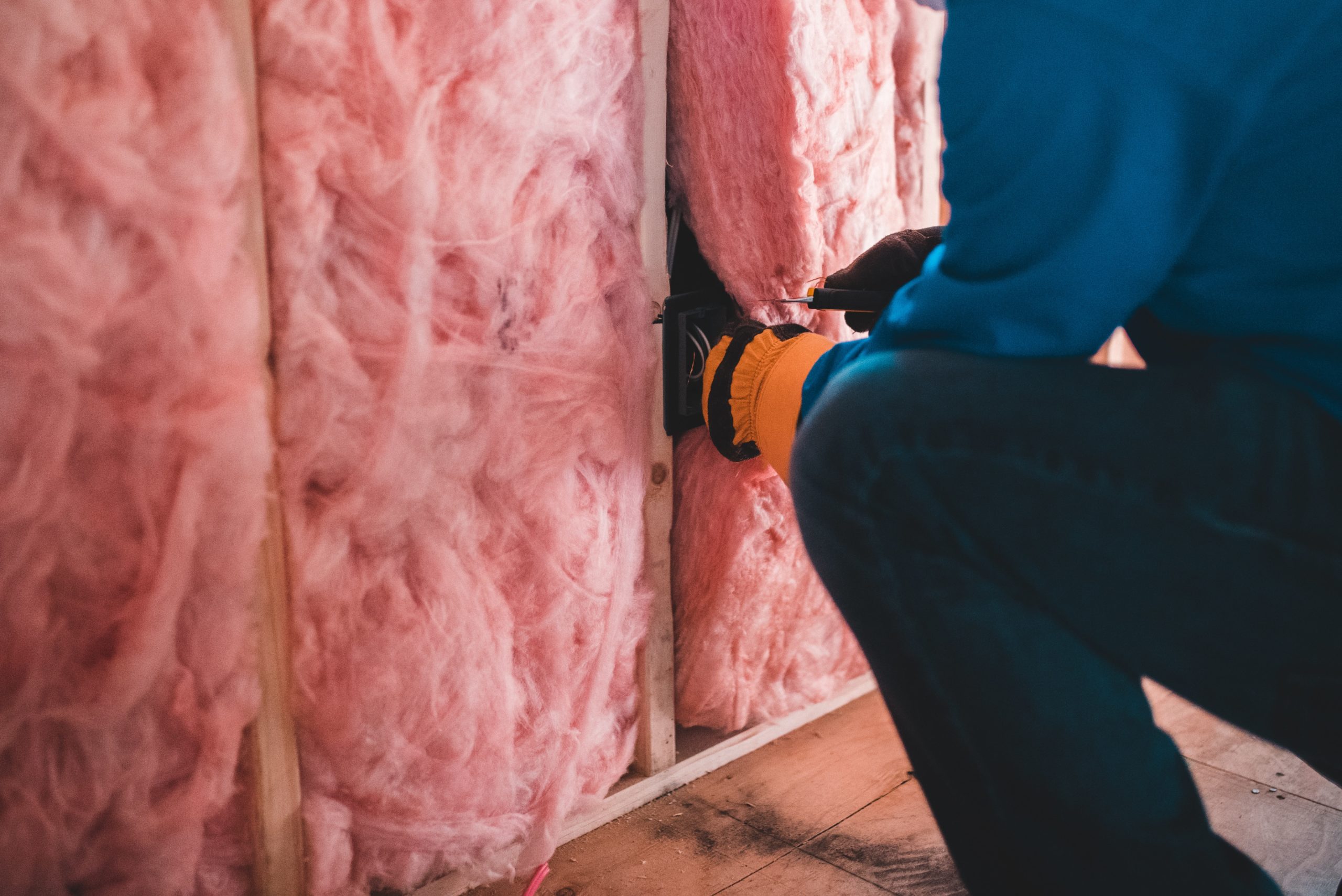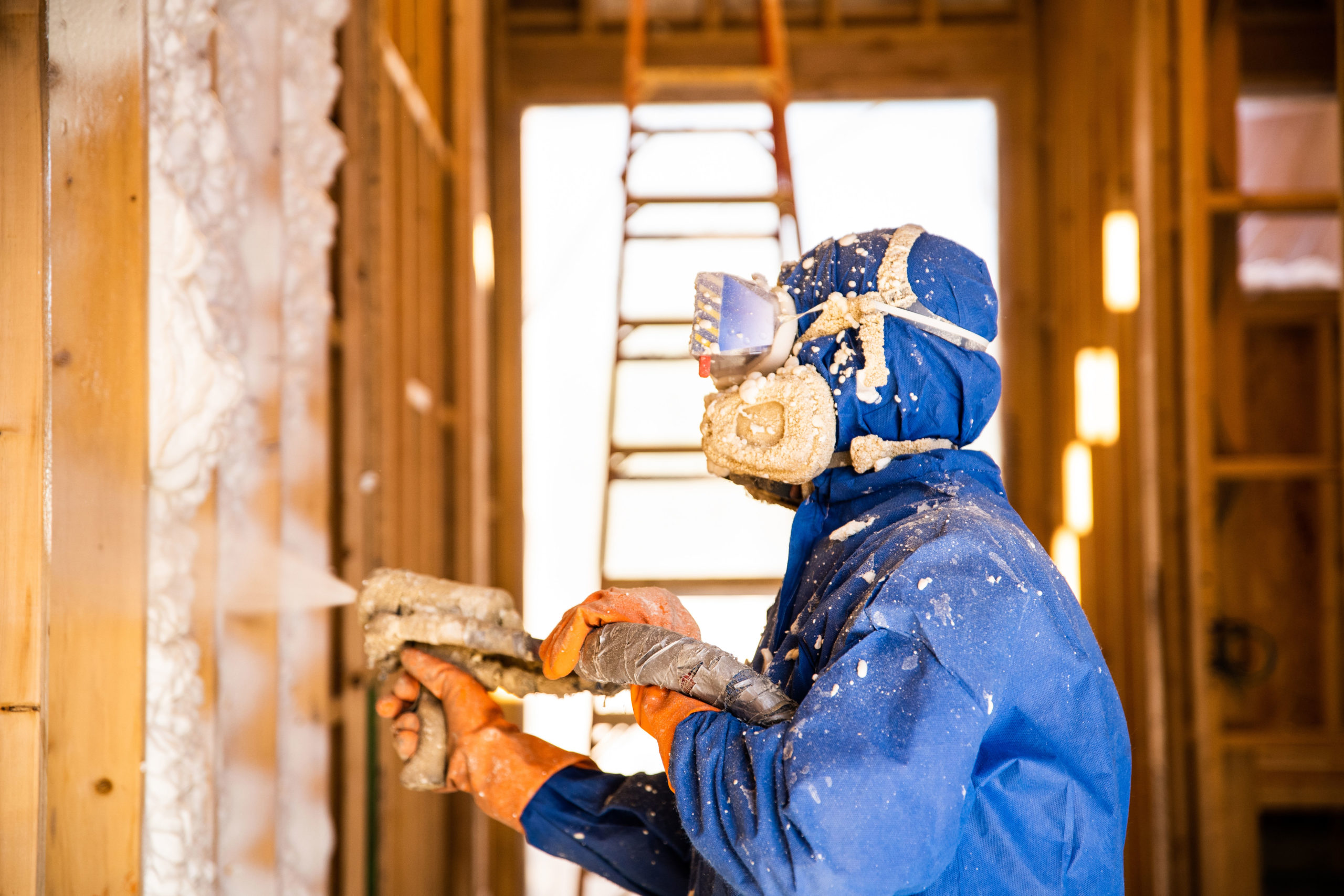When you reach the point in a construction project that you need to decide which insulation you should use, there is no shortage of options. On the one hand, options are good. On the other, lots of options can create confusion about knowing which insulation option is best for you.
While selecting insulation for a construction project may seem like a fairly unimportant decision, that notion couldn’t be further from the truth. In fact, picking the right insulation can make or break your project’s budget and even have an impact on future living expenses.
With so much riding on this seemingly simple decision of choosing insulation for your project, it is important to understand all your options. Spray foam, blown-in, fiberglass, cellulose, and foam board insulation are all common insulation options you’ll likely consider.
Here are all the must-know facts about your construction insulation options.
Why is choosing the right insulation so important?

Before we get into construction insulation options, you need to know why making the right decision is important. The insulation in the walls and roofs of a building make an impact on the comfort of those inhabiting the building by regulating the temperature.
When insulation is properly installed, it can help keep hot air from invading the building during the summer and cold air from seeping in during the winter. When internal temperatures are better regulated, your air conditioner and furnace won’t have to work so hard at trying to keep the temperature constant with the chosen setting which can have a major impact on your monthly utility bills.
The EPA estimates that the average home can save as much as 15% on heating and cooling by taking advantage of the energy-saving benefits of insulation. Of course, this is all dependent on installing insulation correctly and using the right insulating materials.
What is Blown-In Insulation?
Blown-in insulation, often referred to as loose-fill insulation, is a construction insulation option that involves filling wall, floor, and attic cavities with a collection of loose materials that possess insulating properties. There are many materials that are used for blown-in insulation but fiberglass and cellulose are the most commonly used.
Blown-in insulation is a good option for filling small gaps and spaces, but because of the looseness of the materials it will not impede the hot or cold air to come in from outside the building into your air conditioned spaces.
What is Fiberglass Insulation?

Fiberglass insulation are those thick, itchy, neon pink rolls or sheets you often see padding attics and crawl spaces. Because of its very low cost, fiberglass insulation is one of the most common insulation materials, especially in older homes and buildings, throughout the U.S.
It is easy to apply and provides a certain degree of protection from cold air, but it is far from a 100% level of protection from temperature because it’s a relatively loose-set insulation. Homes and buildings that use fiberglass insulation will usually still experience temperature fluctuations during the peak of the seasons.
What is Cellulose Insulation?
Cellulose insulation is a popular blown-in insulation material that is made of an infinite number of particles of pulverized paper and cloth that are then treated to help improve its fire and mold resistance. Because it is blown in and loose, it is capable of fitting snugly into every little nook and cranny in an attic or wall space.
Because of its relatively low cost, cellulose insulation is often used alongside fiberglass to add extra protection. Though it may provide better insulation than fiberglass, it still has a relatively low R-value, the measure of a material’s ability to resist heat traveling through it.
Another disadvantage of cellulose is due to the need for a motorized hooper to apply, this is not a DIY insulation option. The application of cellulose is something that is going to need to be done by a professional, meaning the money you save on material costs will ultimately be spent elsewhere.
What is Foam Board Insulation?
Foam board insulation are rigid panels made of either polystyrene, polyisocyanurate, and polyurethane that come in a variety of thicknesses and sizes. The properties of the materials used to make foam board give it fair heat resistance and lowers heat conduction.
Because foam board is so rigid, it needs to be pre-cut into custom sizes and shapes to ensure it will fit the area without any damage to the board that can impact its integrity. It is also very resistant to moisture and mold damage which, along with its low price point make it a common material alongside fiberglass for DIY projects.
What is Spray Foam Insulation?

Spray foam insulation is a polymer insulation material applied with a spray gun on the surface you want insulated. After being applied spray foam insulation expands and solidifies adding only a layer of insulation to the surface.
Spray foam insulation comes in two forms: closed cell foam insulation (CC) and open cell foam insulation (OC).
This difference in formulation leads the foam to be closed cell, to block out air, or open cell, to allow some air to pass.
Closed cell insulation completely blocks out air, so it becomes very hard and rigid after application. This makes it better at regulating the temperature of the building between the two. The solidification of CC also adds to the structural stability of the surface it is applied to.
Open cell insulation allows for minor amounts of air absorption which keeps the foam softer, making it a useful insulation material for sound reduction. Open cell insulation is often used for new construction and retrofit insulation of both residential and commercial buildings.
Which insulation option is right for you?
Ultimately, the right insulation option for your project is going to depend on the application and your budget. There are multiple low-cost options that make sense for many DIY-ers doing updates or construction to their homes or offices.
While there are many methods for insulating a building to help regulate its temperature, the high R-value, soundproofing qualities, strength, and structural integrity it adds makes spray foam insulation one of the best options available for both residential and commercial construction projects.
Accufoam® spent 2.5 years of research and development creating a spray foam formula that consistently delivered the best board feet per set, with reduced clogging, delamination, and more. With both closed cell and open cell spray foam to select from, we can help you find the right tool for the job.
If you are looking for the best spray foam insulation, contact Accufoam® today.
Check out these other great resources and learn more about The Future of the Spray Foam Industry


